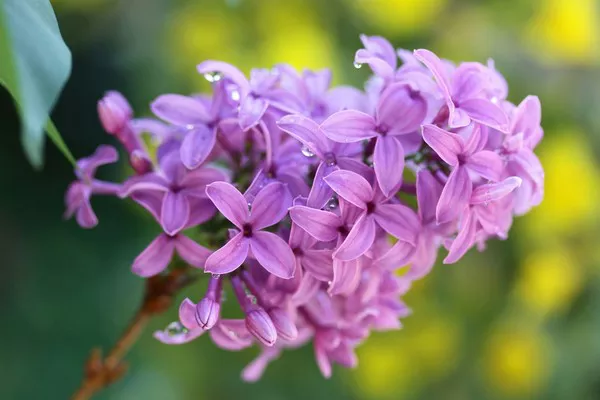Bluebells, with their enchanting beauty and delicate charm, have long captivated the hearts of nature lovers and garden enthusiasts. These lovely flowers, scientifically known as Hyacinthoides non-scripta, are native to Europe and bloom during the springtime, carpeting woodlands and meadows with their vivid blue hues. In this article, we will take an in-depth look at bluebell flowers, exploring their characteristics, significance, and the various ways in which they can be enjoyed.
The Marvelous Bluebell: A Visual Delight
Bluebell flowers are renowned for their exquisite beauty, characterized by slender, arching stems adorned with delicate bell-shaped blossoms. The petals of bluebells display a stunning blue color, ranging from pale sky blue to deep violet-blue, often creating a mesmerizing carpet of color in woodland areas. Each flower features six petals fused together, forming a distinctive bell-like shape with a flared rim. Bluebells have slender, lance-shaped leaves that add an elegant touch to their overall appearance.
Native Beauty: Bluebells in the Wild
Bluebells hold a special place in the natural landscape of Europe, where they are considered a native species. Woodlands and meadows come alive with the vibrant blue hues of bluebells during the spring season, creating a magical and enchanting sight. These flowers are often found in dense clusters, forming beautiful carpets of blue under the shade of trees. The native bluebells have a unique charm, and their presence in the wild signifies the arrival of spring and the awakening of nature.
Cultural Significance: Bluebells in Folklore and Tradition
Bluebells have played a significant role in folklore and traditional beliefs. In many cultures, bluebells are associated with myth and superstition, believed to possess magical properties and bring good fortune. They are often associated with fairies and woodland spirits, with legends telling tales of bluebell woods being enchanted places. Bluebells are also considered a symbol of humility and gratitude. In some cultures, it is believed that ringing bluebell flowers will summon fairies and bring good luck.
Gardening with Bluebells: Cultivating Natural Beauty
Bluebells can be a delightful addition to gardens, bringing a touch of natural beauty and a sense of nostalgia. When planting bluebells, it is important to choose the native species to preserve their unique characteristics. Bluebells thrive in partial shade and prefer moist, well-drained soil. They can be planted in woodland areas, under trees, or in wildflower gardens to recreate the enchantment of their natural habitat. Bluebells can also be grown in containers or used as a border plant, adding a splash of color to any outdoor space.
Growing Bluebells: Tips and Considerations
When growing bluebells, it is essential to provide them with the right conditions to flourish. Here are some tips and considerations for successful bluebell cultivation:
Choose a suitable location: Bluebells prefer partial shade or dappled sunlight, mimicking their natural woodland environment.
Prepare the soil: Ensure the soil is well-drained and moderately fertile. Incorporating organic matter can improve soil structure.
Planting bluebells: Plant bulbs in autumn, around 10-15 cm deep and 10 cm apart, allowing enough space for natural spreading.
Watering and maintenance: Bluebells are relatively low-maintenance. Water them during dry spells and remove any competing weeds.
Naturalizing bluebells: Bluebells can be left undisturbed to naturalize and form dense colonies over time, creating a breathtaking display.
Preserving the Beauty: Conservation Efforts for Bluebells
Bluebells, despite their enchanting presence, face certain conservation challenges. The introduction of non-native species and habitat destruction can threaten their natural habitat. To preserve the beauty of bluebells, it is essential to protect their native woodlands and meadows, promote responsible gardening practices, and avoid picking or disturbing them in the wild. By supporting conservation initiatives and planting native bluebells, we can contribute to the long-term survival of these cherished flowers.
Conclusion
Bluebells, with their delicate beauty and mesmerizing blue hues, hold a special place in the hearts of nature enthusiasts and gardeners alike. From their marvelous visual appeal to their cultural significance and natural habitat, bluebells continue to captivate and inspire. Whether enjoyed in the wild or cultivated in gardens, these enchanting flowers offer a touch of magic and evoke a sense of wonder. By understanding their characteristics, growing requirements, and conservation needs, we can fully appreciate the delicate charm of bluebell flowers and ensure their presence for generations to come. Let the allure of bluebells transport you to a world of natural beauty and tranquility, where their gentle blooms create a serene and captivating atmosphere.


